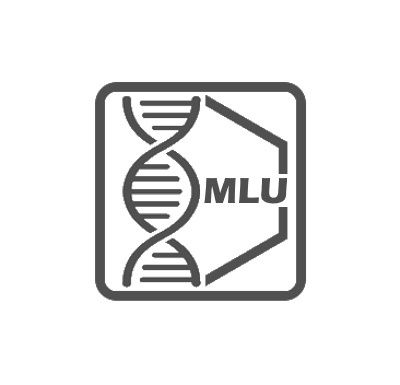Klaus Humbeck
Prof. Klaus Humbeck

Institute of Biology/Plant Physiology
Weinbergweg 10
06120 Halle (Saale)
phone: +49 (0) 345-55 26415
klaus.humbeck@pflanzenphys.uni-halle.de
Epigenetic control of leaf senescence
Senescence is the last step in leaf development. It is characterized by degradation processes and by recycling of the leaf resources to other growing parts of the plant, e.g. the developing seeds. During senescence gene expression is reprogrammed. Transcription factors and other regulatory proteins are involved in this process. Recent findings prove that in addition to this, leaf senescence is also under epigenetic control (Ay et al. 2009, Humbeck 2013). In the project we aim at identifying the proteins which execute the epigenetic regulation. In cooperation with the group of Gunter Reuter at Martin-Luther University, we analyze the course of leaf senescence in a large set of mutants of the model plant Arabidopsis thaliana which have a loss of function or a gain of function in specific DNA- and histone-modifying enzymes. Molecular mechanisms of epigenetic control of senescence-associated target genes are analyzed in those mutants showing alterations in the senescence program. Histone modifications are investigated via chromatin-immunoprecipitation (ChIP) and real-time-PCR and DNA methylation via bisulfite sequencing. In addition, alterations in chromatin structure are detected using immunocytology.

During senescence leaves degrade proteins and other molecules, e.g. chlorophylls. They turn from green (mature leave, M) to yellow and brown during early (S1) and later (S2) stages of senescence. Photosynthetic function in these leaves decreases (shift in Fv/Fm value shown as false color picture). During this process valuable resources are recycled and transported to other growing parts of the plant.
Chromatin structure in the nuclei of the leaf cells changes during senescence. A clear heterochromatic structure in nuclei of cells of mature leaves is de-condensed during senescence. Distribution of epigenetic marks (e.g. H3K9me2) also changes during the senescence process when gene expression is reprogrammed, as visualized by immunocytology.




